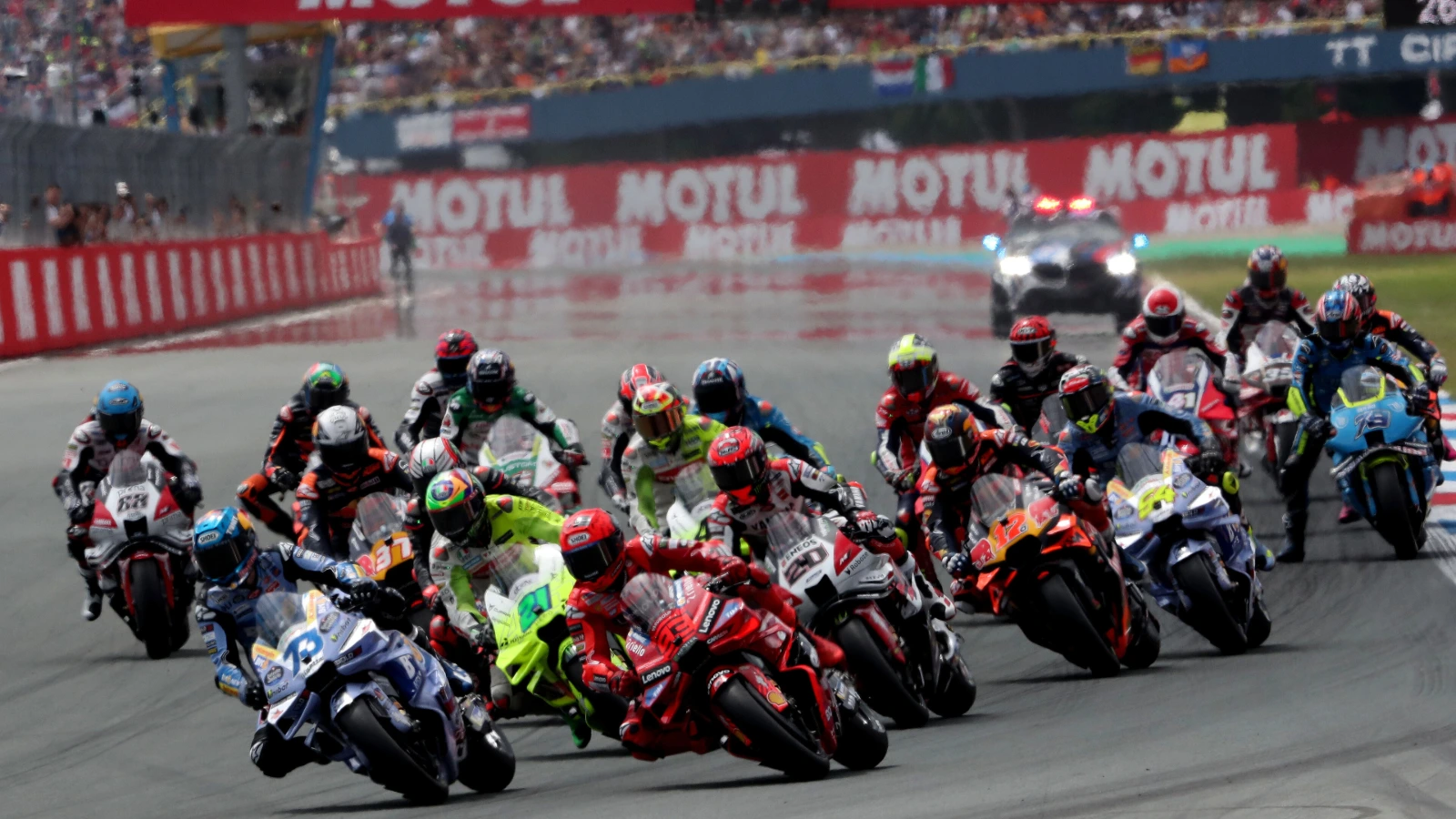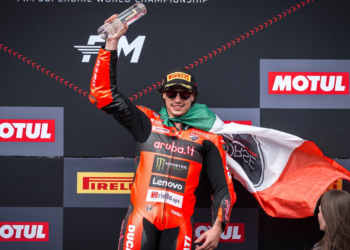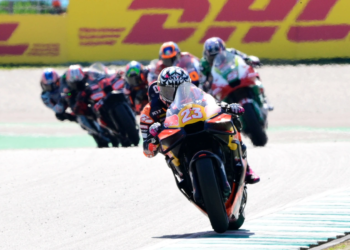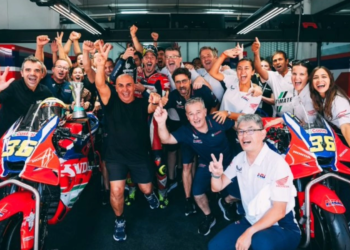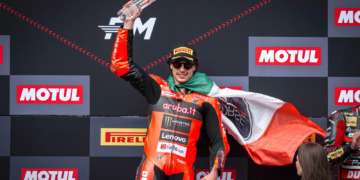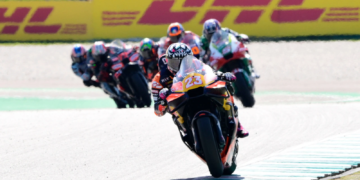There was a time when motorcycle racing was something you had to discover on your own.
A handful of die-hard fans followed it closely, while others barely knew it existed. Fast forward to today, and MotoGP has turned into a worldwide obsession. The races aren’t just televised, they’re celebrated. Social media buzzes during Grand Prix weekends, and fans from Europe to Asia set alarms to watch races live.
This transformation didn’t happen overnight. MotoGP earned its status by blending elite athleticism with bold storytelling. Every rider has a journey; every season has a narrative. As the sport moved onto bigger screens and digital platforms, it found a new generation of fans who were craving something fast, raw, and real.
The role of unforgettable riders
The global explosion of MotoGP owes a lot to the legends who made the sport larger than life. Riders like Valentino Rossi didn’t just win races, they changed the culture. His yellow gear, iconic celebrations, and connection with fans turned him into a global brand. And with each new superstar, from Jorge Lorenzo to Marc Márquez, the sport’s reach only grew stronger.
These aren’t faceless athletes in helmets. Fans know their injuries, rivalries, and personalities. They follow recovery updates, cheer for comeback rides, and argue passionately over who deserved a podium. That personal attachment is what sets MotoGP apart and makes every race feel important.
Why the format works for modern audiences
MotoGP races are short, intense, and packed with action. There’s no sitting through hours of buildup. Once the lights go out, every second counts. This suits today’s fast-paced viewing habits perfectly. Fans want action, and MotoGP delivers it without delay.
There’s also a unique charm in how each track tells a different story. One weekend the riders battle tight hairpins in Assen. The next, they’re flying through Mugello’s high-speed curves. That variety keeps things unpredictable and exciting, week after week.
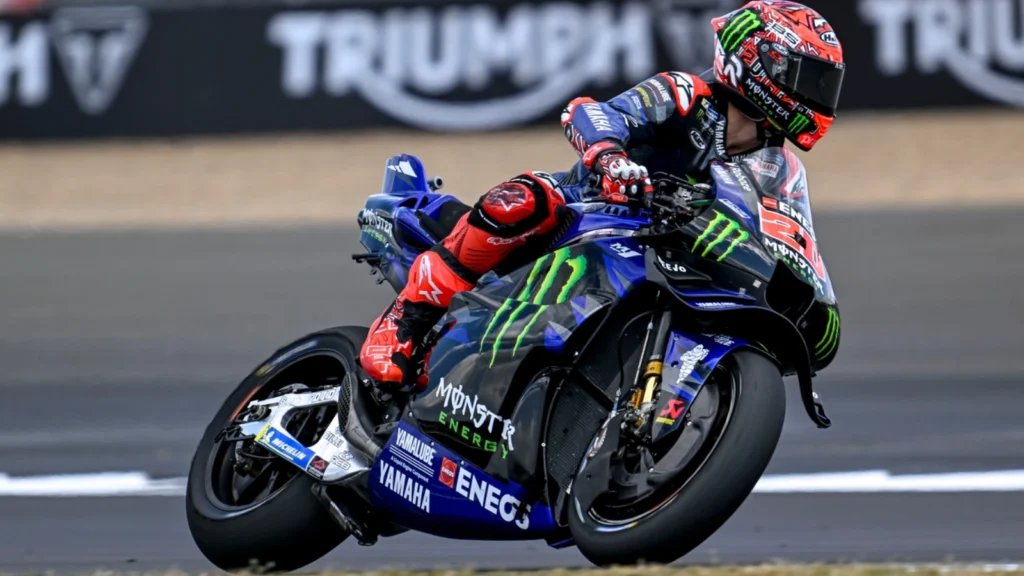
The rise of international circuits
The world map of MotoGP has changed dramatically. What was once dominated by Europe now spans the globe. Races take place in Argentina, Thailand, Qatar, Japan, and more. Each country brings its own fan energy, cultural flavour, and atmosphere to the championship.
This expansion means more fans see their own flags flying above the track. It’s not just about cheering for a rider; it’s about national pride. Kids in Indonesia grow up dreaming of racing professionally. Fans in India fill arenas to watch practice sessions on big screens. The sport has woven itself into the cultural fabric of places it never touched before.
What fans do beyond watching races
MotoGP fans are more than just spectators. They’re gearheads, collectors, gamers, and amateur racers themselves. They follow the technical evolution of bikes, compare manufacturers, and know the difference between a soft and medium rear tire.
Many also enjoy competitive activities with a similar feel, events that mix skill, timing, and adrenaline. For example, during long breaks between races, some fans turn to platforms that offer high-stakes challenges like tennis betting, where fast decisions and a deep knowledge of the sport bring a similar kind of rush.
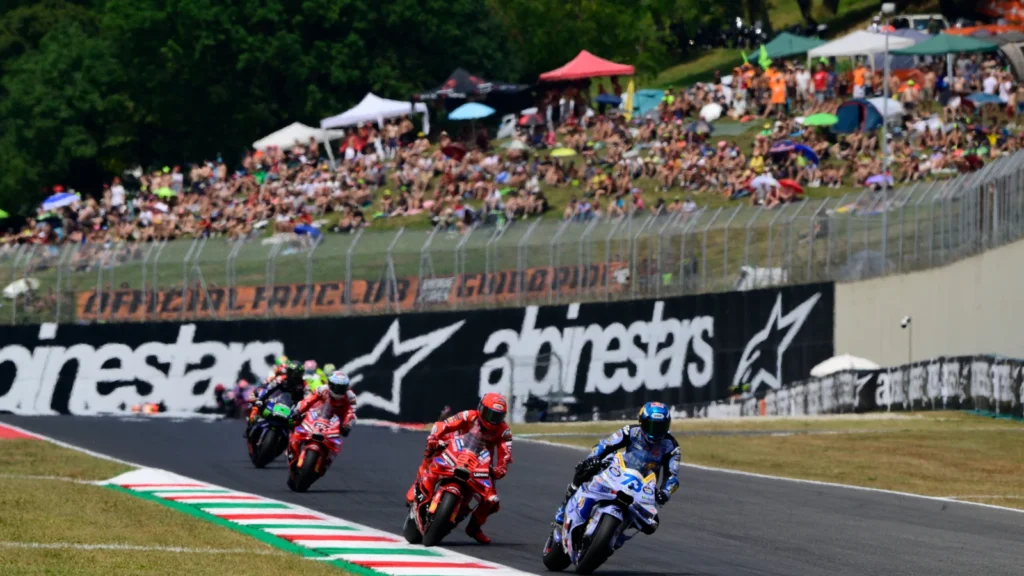
How digital media changed everything
Streaming, social platforms, and mobile apps have revolutionized how MotoGP is consumed. Fans don’t just wait for Sunday anymore. They analyse qualifying on Saturday, check rider vlogs midweek, and binge crash compilations during lunch breaks. The MotoGP experience now stretches far beyond the track.
The league itself embraced this shift. Exclusive interviews, behind-the-scenes footage, and real-time stats are constantly available. This nonstop engagement fuels deeper loyalty. Fans feel like insiders, not just viewers.
What makes the sport irresistible
- Fast-paced races with constant action
- Global stars with strong personalities
- A diverse calendar of legendary circuits
- Intimate access to teams and riders through media
- A global fanbase that’s active year-round
All of this makes MotoGP more than just a motorsport. It’s a connected universe where fans are deeply involved, emotionally invested, and always looking for the next hit of adrenaline.

The new generation of fans
MotoGP isn’t just retaining its loyal base. It’s growing. Young fans are discovering it on TikTok, YouTube, and Instagram Reels. They’re drawn in by highlight clips, dramatic moments, and charismatic interviews. The sport feels intense and modern, even though it’s rooted in decades of tradition.
What’s interesting is how this generation blends fandom with lifestyle. They don’t just watch. They wear branded hoodies, design fan art, and stream MotoGP games. It’s an identity, not just entertainment.
MotoGP’s future looks fast and global
With electric bikes entering the conversation, new countries joining the calendar, and rider development programs in full swing, MotoGP is far from slowing down. It’s growing in every direction, technologically, geographically, and culturally.
The sport has already proven it can connect people across borders, backgrounds, and languages. The sound of engines, the tension of a close finish, the celebration of a surprise win, these are universal. And MotoGP has figured out how to package it all into something that feels both raw and modern.
For millions, it’s not just racing. It’s something they wait for, talk about, live through. And it’s only getting bigger.

